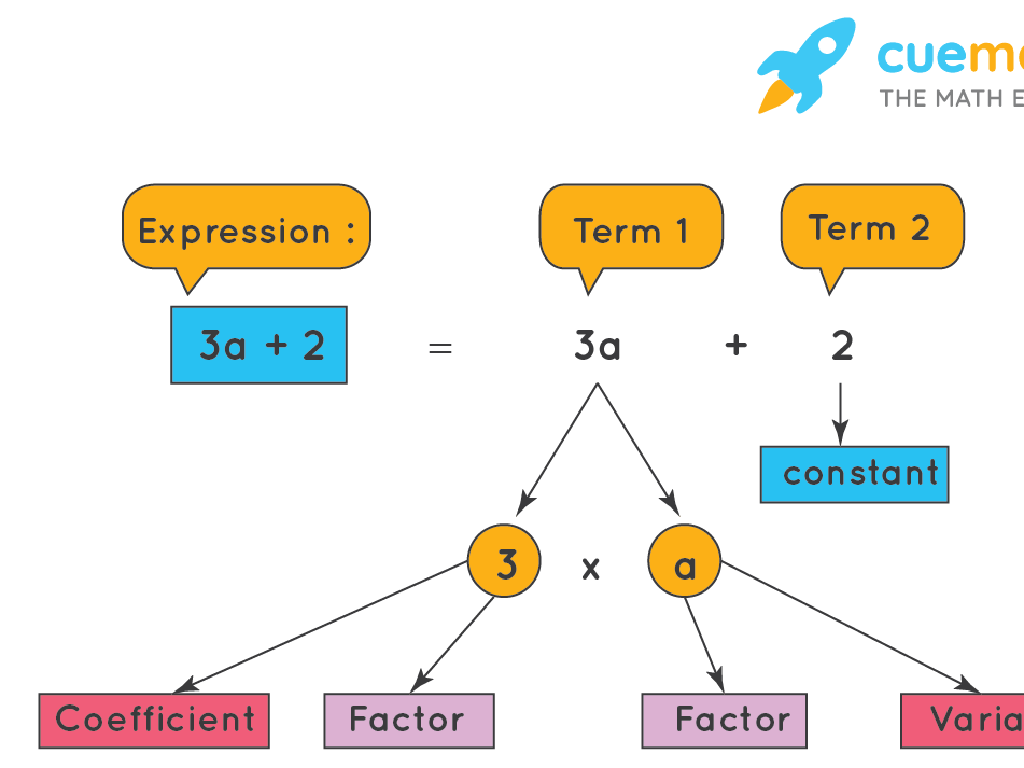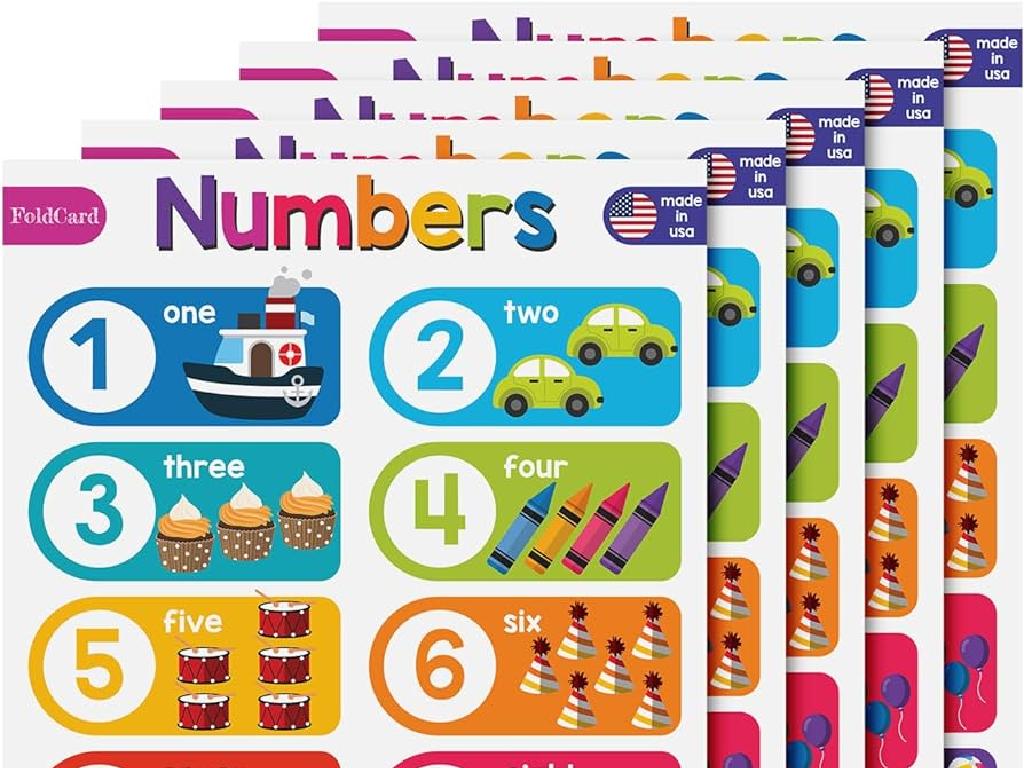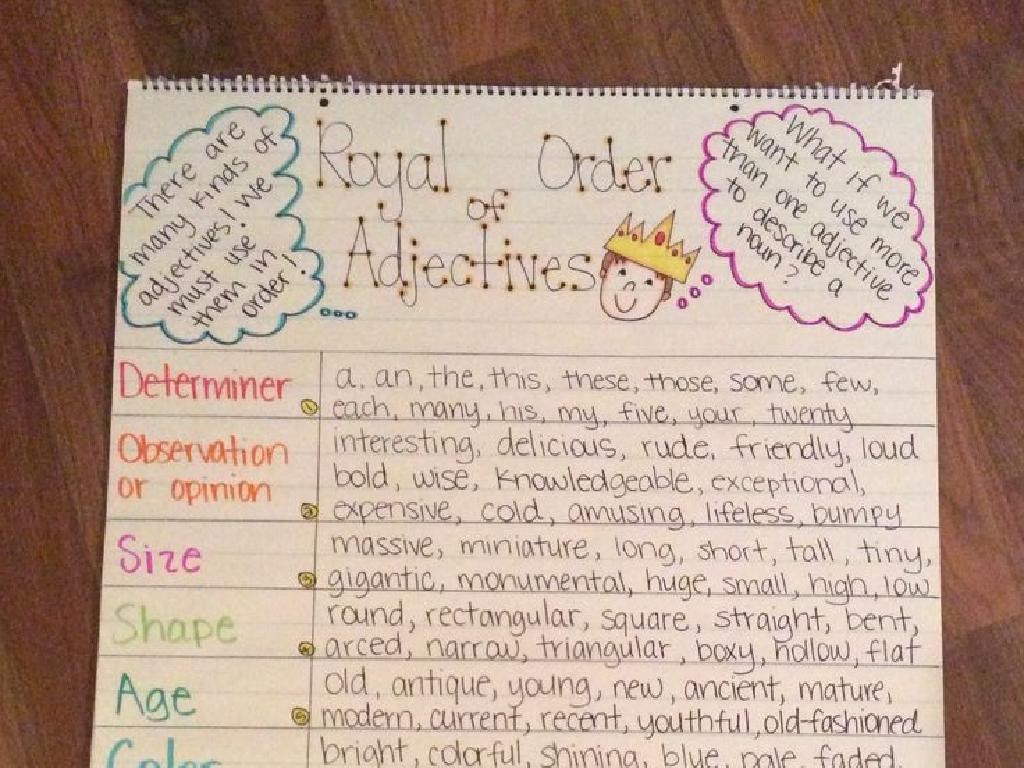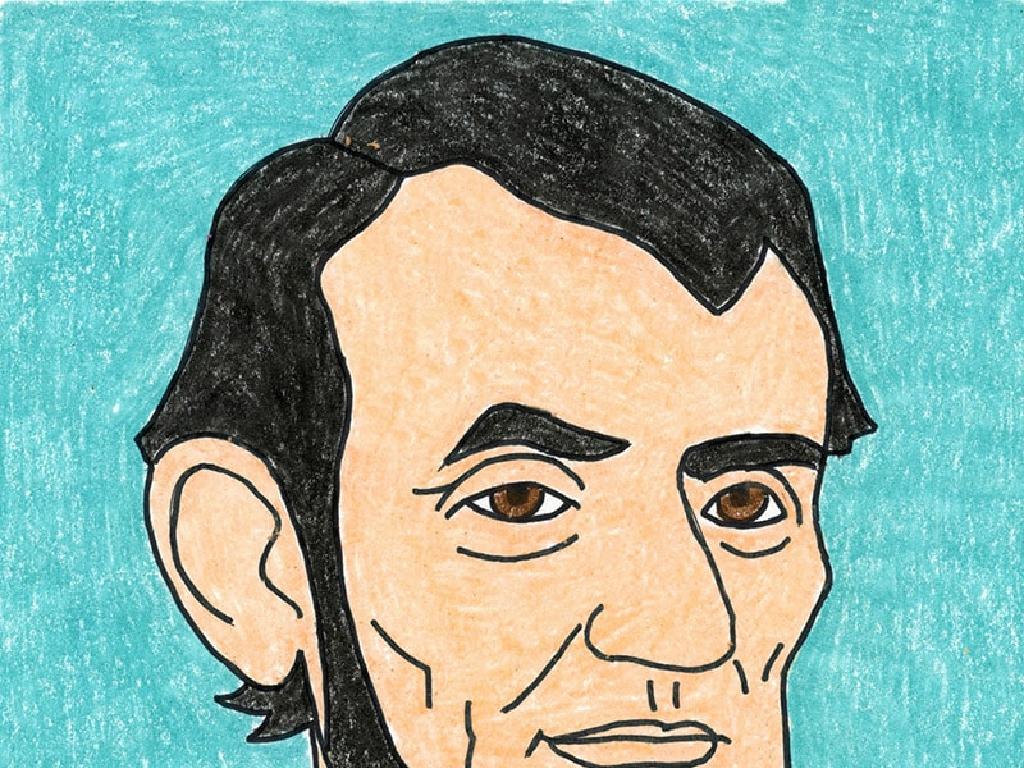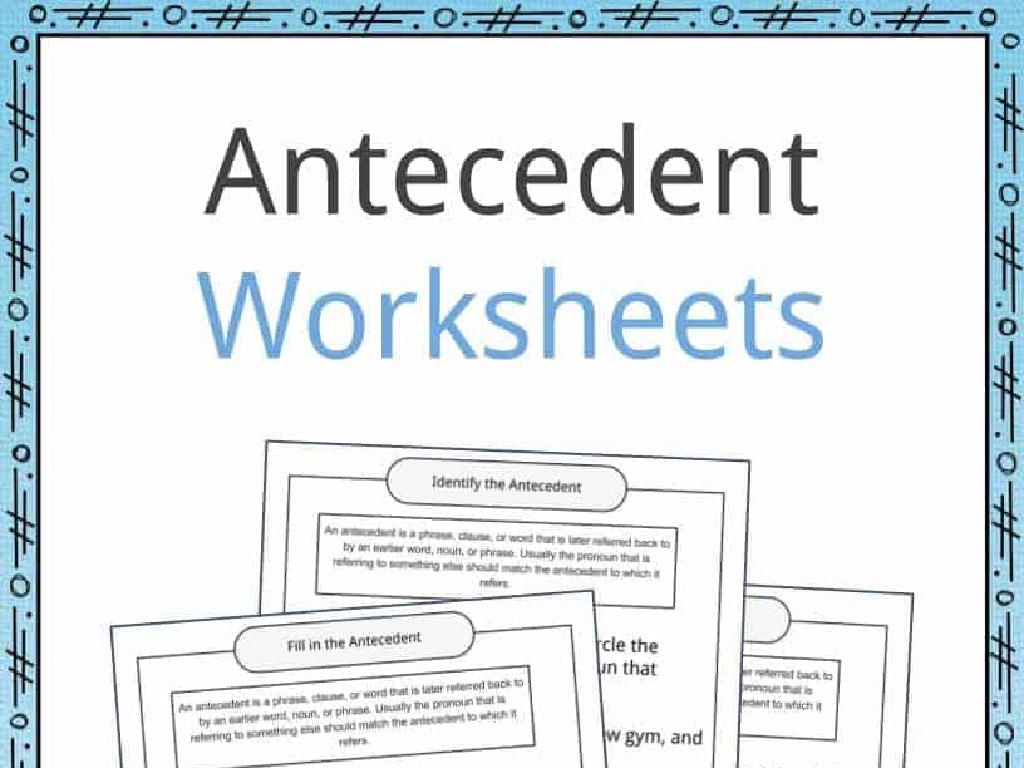Exchanging Money
Subject: Math
Grade: Second grade
Topic: Money Up To $1
Please LOG IN to download the presentation. Access is available to registered users only.
View More Content
Welcome to Money Math: Exchanging Money
– Learn the value of coins and bills
– Pennies, nickels, dimes, quarters, and dollar bills
– How to use money for purchases
– Using exact change or more to buy items
– Getting the right change back
– If you give more money, you should get some back
– Practice with real-life examples
|
This slide introduces the concept of money exchange to second graders. Start by explaining the value of different coins and bills up to $1. Use real or play money to demonstrate how each coin and bill is used in transactions. Teach them how to count money to make exact purchases and how to calculate change when they give more than the cost of an item. Incorporate engaging activities where students can role-play buying and selling items to reinforce the concept of making purchases and receiving the correct change. This practical application will help solidify their understanding of money exchange.
What is Money?
– Money buys needs and wants
– Coins and bills have values
– Pennies, nickels, dimes, quarters, and dollars
– Money is for exchanging goods
– Like trading money for a toy or a snack
– Understanding money’s role
|
This slide introduces the concept of money to second graders. Begin by explaining that money is something people use to get things they need, like food and clothes, and things they want, like toys. Show them different types of money, such as coins (pennies, nickels, dimes, and quarters) and bills, emphasizing that each has a different value. Explain that we exchange money for goods (items we buy) and services (things people do for us). Use relatable examples, such as buying a snack from the store or paying for a haircut. The goal is to help students understand the basic functions of money in everyday life. For the activity, consider having play money for students to practice identifying and counting.
Coins We Use: Learning to Exchange Money
– Understanding the penny: 1 cent
– Knowing the nickel: 5 cents
– Recognizing the dime: 10 cents
– Using the quarter: 25 cents
– Practice adding quarters to reach $1
|
This slide introduces the basic coins used in US currency to second graders, helping them understand the value of each coin. The penny is the smallest unit, the nickel is worth five pennies, the dime is worth two nickels, and the quarter is worth two dimes and a nickel. Emphasize the physical characteristics of each coin to help students recognize them. After explaining each coin, engage the students in an activity where they add up various coins to make exact amounts, such as 50 cents or $1. This will help them grasp the concept of exchanging money and understanding the value of different combinations of coins. Provide real or play coins for hands-on practice, and encourage students to explain their thought process as they add up to a dollar.
Understanding Money: The $1 Bill
– The $1 bill is the smallest bill
– One dollar equals 100 cents
– Think of it like 100 pennies!
– Coins can be exchanged for $1
– 4 quarters or 10 dimes make $1
– Practice exchanging coins and bills
– Let’s try with real coins and bills
|
This slide introduces students to the concept of money, specifically focusing on the $1 bill. It’s important to explain that the $1 bill is the smallest paper currency and that it has the same value as 100 cents. Use visual aids like a dollar bill and coins to show the equivalence in value. Encourage students to understand that different combinations of coins can add up to $1. For example, 4 quarters, 10 dimes, or 20 nickels all equal $1. Include an interactive activity where students can practice exchanging coins for a $1 bill to reinforce the concept. This hands-on experience will help solidify their understanding of currency and its value.
Making Purchases with Money
– How to buy items with money
– When we buy, we exchange money for items
– Giving the exact amount or more
– If an item costs $0.75, we can pay with $0.75 or $1
– Receiving change from overpayment
– Change is the money we get back if we pay too much
– Understanding the transaction process
|
This slide introduces the concept of making purchases and the exchange of money that occurs during a transaction. It’s important for students to understand that when they buy something, they need to give money to the seller, either the exact amount or more. If they give more than the price, they should expect to receive change. Use examples with common items and their prices, and demonstrate how to calculate change. You can set up a mock store in the classroom where students can practice buying items with play money to reinforce the concept.
Calculating Change
– Understanding change in money
– Change is what you get back when you pay extra
– How to calculate change
– Subtract item cost from amount paid
– Practice with a real example
– If an apple is $0.30 and you pay $1, change is $0.70
|
This slide aims to teach students the concept of change in monetary transactions. Change is the amount of money returned to a buyer when the payment exceeds the cost of an item. To find the change, one must subtract the cost of the item from the amount of money given to the cashier. Use everyday examples to make it relatable for second graders, such as buying an apple. If an apple costs 30 cents and the student pays with a dollar, they should be able to calculate that their change is 70 cents. Encourage students to practice with different examples and to understand that calculating change is a useful skill for any purchase.
Let’s Practice: Classroom Store Game
– Play a buying game in class
– Use coins and bills for purchases
– Practice using pennies, nickels, dimes, and quarters
– Calculate your change correctly
– If an item costs 50 cents and you pay with $1, how much change do you get?
– Enjoy learning about money!
|
This slide introduces a practical and interactive game where students will engage in a simulated shopping experience using play money. Set up a ‘classroom store’ with various items labeled with prices. Provide students with a mix of coins and bills and let them choose items to ‘buy.’ They will use their math skills to count out the correct amount of money and then calculate the change they should receive after their purchase. This activity helps to reinforce their understanding of the value of different coins and bills and the concept of making transactions. It’s a fun way to apply math skills to real-life scenarios. Be prepared with several examples and be ready to assist students who may struggle with the concept of making change.
Class Activity: Classroom Store
– Set up a classroom store
– Use play money for transactions
– Practice giving the correct amount
– If an item costs 50 cents, how much do you give for $1?
– Calculate change after purchases
– Bought an item for 75 cents with $1, how much is your change?
|
This interactive activity is designed to help students understand the concept of exchanging money through a hands-on experience. Set up a classroom store with various items and label them with prices not exceeding $1. Provide students with play money to simulate buying items. They will practice handing over the correct amount of money for the items they wish to ‘purchase’ and then calculate the change they should receive. This practical exercise will reinforce their understanding of basic transactions and the use of money in everyday life. For the activity, consider having different items priced at 25 cents, 50 cents, 75 cents, and $1 to allow for a variety of transactions. Encourage students to take turns being the shopkeeper and the customer to experience both roles.

